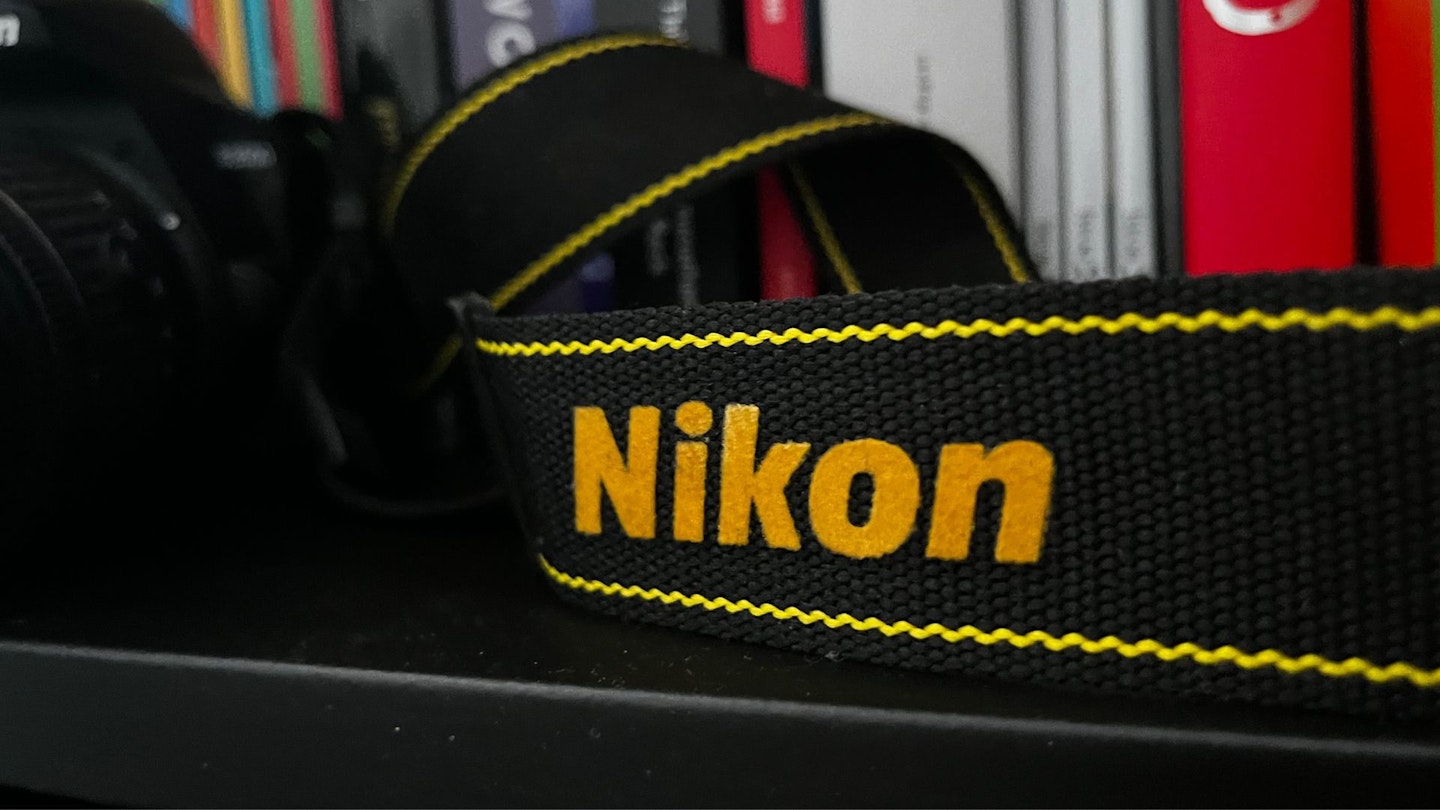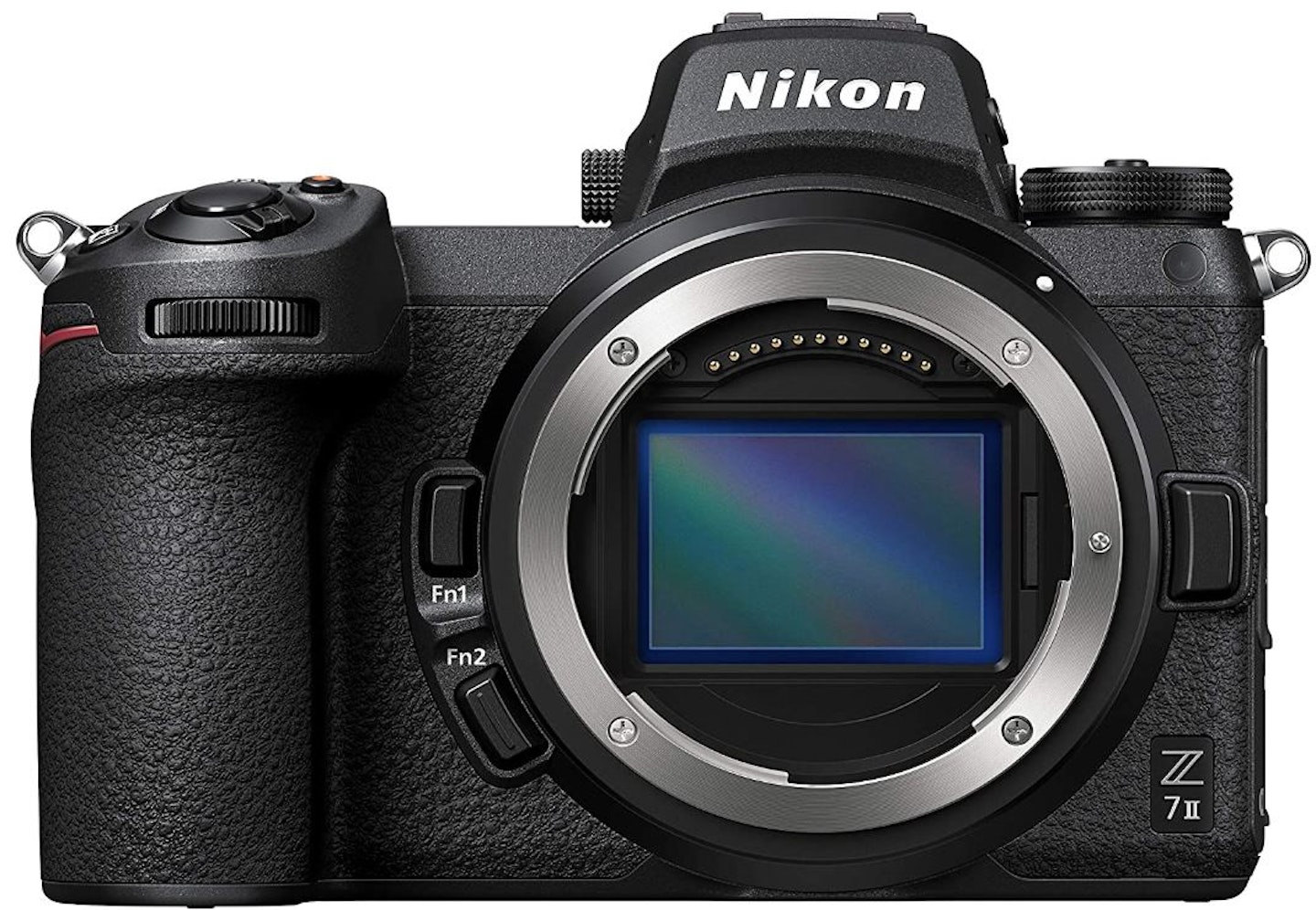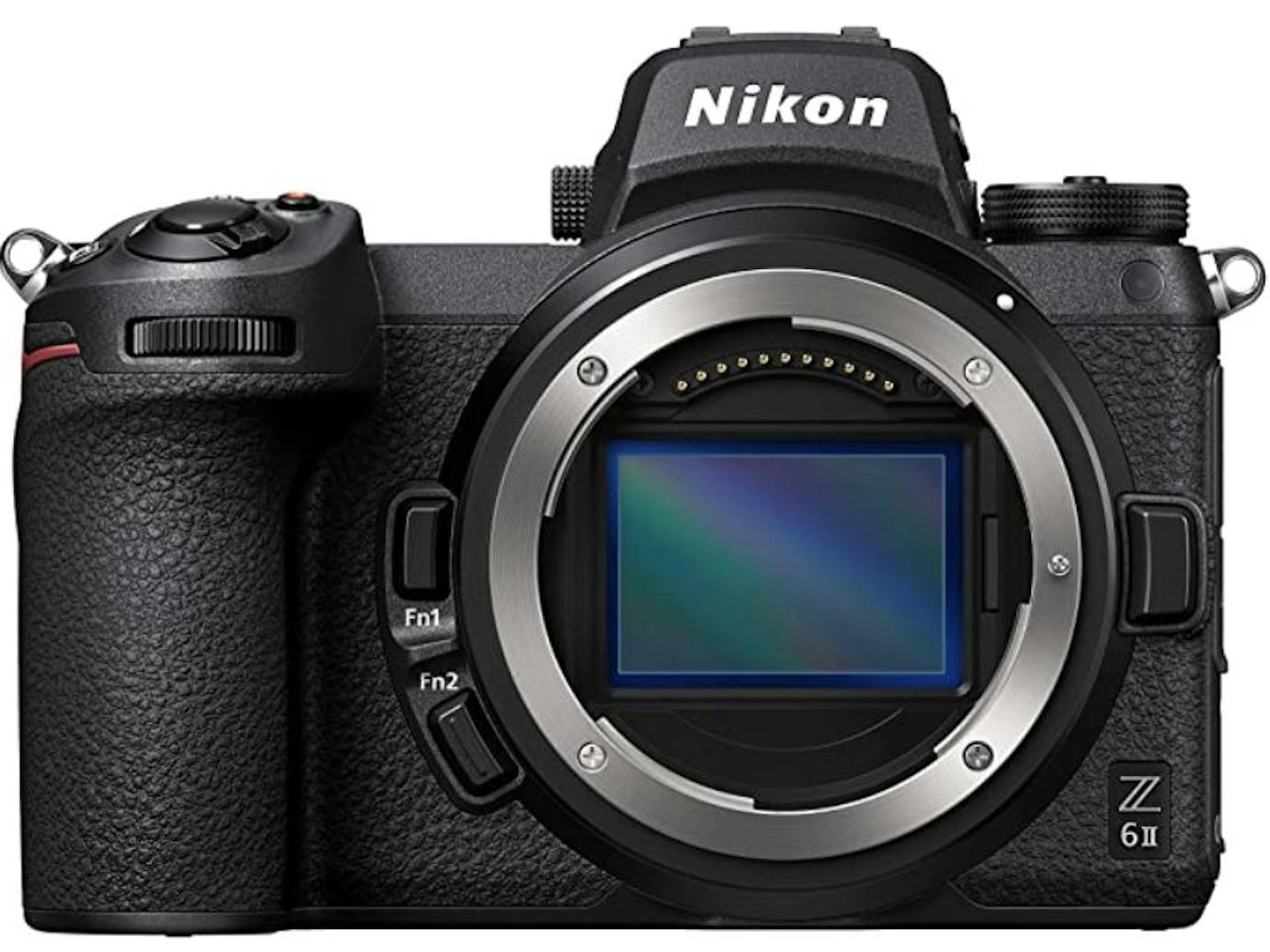Along with Canon and Sony, Nikon completes the trio making up the biggest camera brands. Where Sony has become a master of mirrorless cameras, Nikon has more in common with Canon (read about its best here). The two have long-cemented reputations for producing the best DSLR cameras in the world and still do. But both are still breaking into the realm of mirrorless.
Here, we are taking a look at the best camera models Nikon has to offer car and more general photography.
Tell me about Nikon
The reason Nikon has become the powerhouse comes down to image quality. Images from its latest cameras are very sharp with great tones, and there are suitable models for everyone.
Given Nikon has been producing cameras for a long time, it enjoys the advantage of offering many lenses. Those already in possession of Nikon’s F-mount lenses can buy Nikon’s Mount Adapter FTZ II to allow them to fit Nikon’s mirrorless Z cameras.
Camera glossary
DSLR camera: The acronym stands for digital single lens reflex and is still the top dog for image quality. That’s why most professionals still use DSLR cameras, but there are still plenty of entry-level DSLR cameras around too. DSLR cameras are very customizable, which is great but does take some learning to make the most from.
Mirrorless camera: DSLR cameras use a reflex mirror, but mirrorless ones do not. Instead, light passes directly through from the lens to an electronic sensor. It’s more compact and allows you to preview selected settings before taking the shot. Advances in recent mirrorless models mean some can challenge DSLR cameras in terms of image quality.
Sensor size: Full-frame, APS-C, and micro four-thirds. There is a lot that differs between the three sizes, but one of the major points is that full-frame sensors perform better in low light because they are physically larger and can capture more light.
The best Nikon cameras for car photography
1.
Nikon Z 7II
Type: Mirrorless
Sensor size: Full frame
There are only a handful of full-frame mirrorless cameras on the market, and although Nikon is a bit late to the mirrorless party, its Z 7II is a fantastic camera.
Aimed at skilled, experienced users, the Z 7II has adopted much of what makes Nikon’s DSLR cameras so good. Thus, its 45.7-megapixel sensor captures super sharp images, even in low light, aided by excellent image stabilisation. For capturing subjects on the move, the Z 7II has a burst rate of up to 10fps and uses Nikon’s Hybrid AF autofocus. It’s not quite as good as Canon’s system, but still very effective.
Build quality is something else the Z 7II, and Nikon cameras in general, can boast about. The Z 7II is constructed from magnesium alloy, so it’s light and strong and is sealed against dust and moisture.
| Pros | Cons |
|---|---|
| • Beautiful image quality | • Expensive |
| • Tough construction | |
| • User-friendly |
2.
Nikon D780
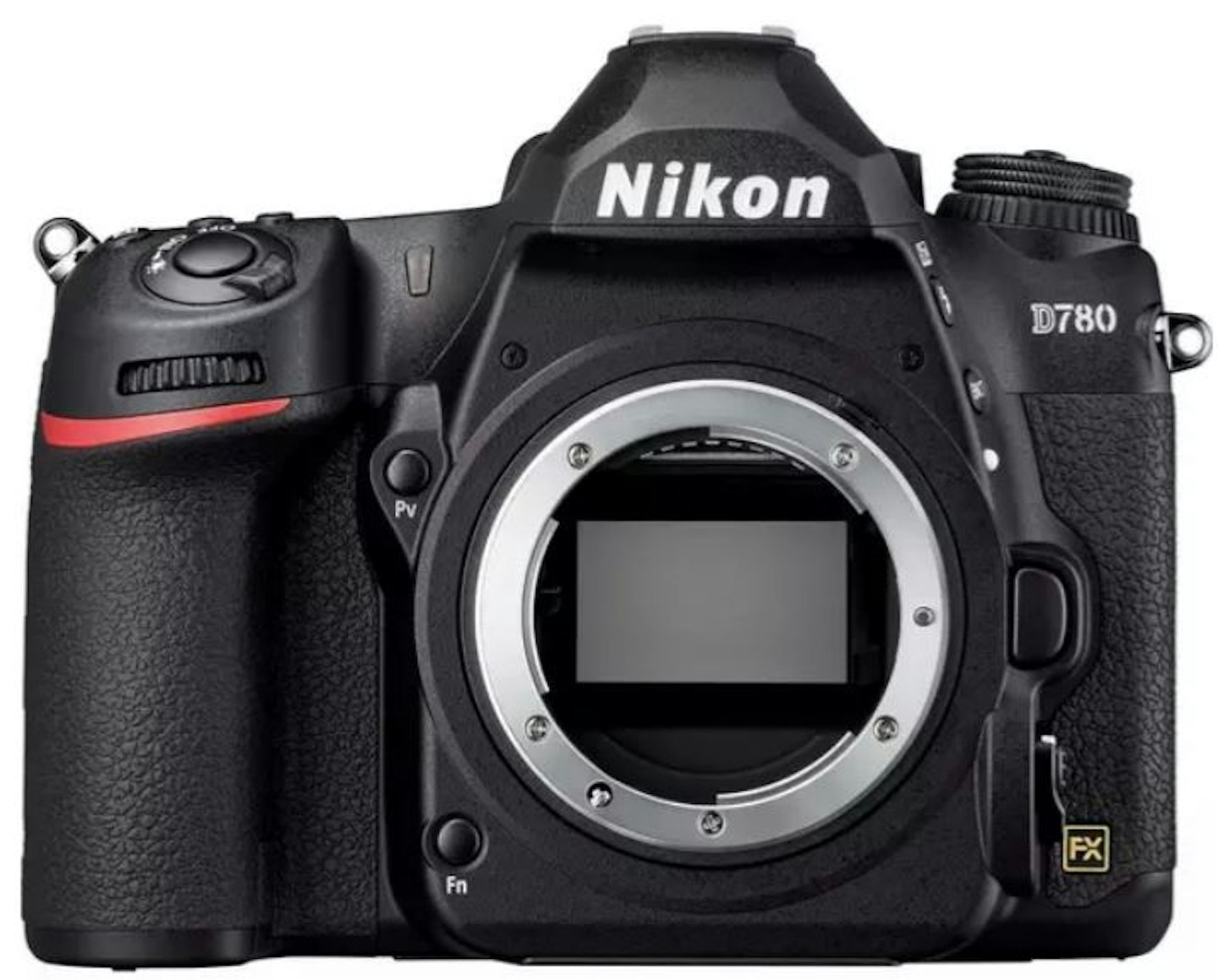
www.currys.co.uk
Type: DSLR
Sensor size: Full frame
The D780 isn’t Nikon’s flagship DSLR but it’s our favourite. It’s a fully rigged camera designed for professionals and skilled enthusiasts but it’s still relatively good value.
The D780 is an excellent camera for action, featuring two autofocus systems – one for the viewfinder and the other for Live View. Working in tandem with a maximum burst rate of 12fps, you can capture fleeting moments as if they were frozen in time.
Like the Z 7II, the D780 features a magnesium alloy skeleton and weather sealing. Being a DSLR, the D780 is a little heavier than the Z 7II. But at 840 grams, it’s still light enough to hold comfortably for extended periods of time.
| Pros | Cons |
|---|---|
| • Reasonable value | • 4K frame rate only 30fps |
| • Tough construction | |
| • Good for action |
3.
Nikon Z 6II
Type: Mirrorless
Sensor size: Full frame
Where the Z 7II is a Category 4 hurricane, the Z 6II is like a Category 3. Not the ultimate, but it’ll still blow your socks off.
Apart from professionals and serious enthusiasts, most skilled users will find the Z 6II an ideal camera for their automotive photography (and other areas of interest). Like the Z 7II, the Z 6II has fast, accurate autofocus and an even higher burst rate of up to 14fps.
Having weatherproofing is also an important feature and makes the Z 6II all the more appealing to competent photographers looking to show off and grow their skills.
| Pros | Cons |
|---|---|
| • User-friendly | • Sony A7 is a very serious competitor |
| • Better for hobbyists than Z 7II | |
| • Fast burst rate |
4.
Nikon Z fc
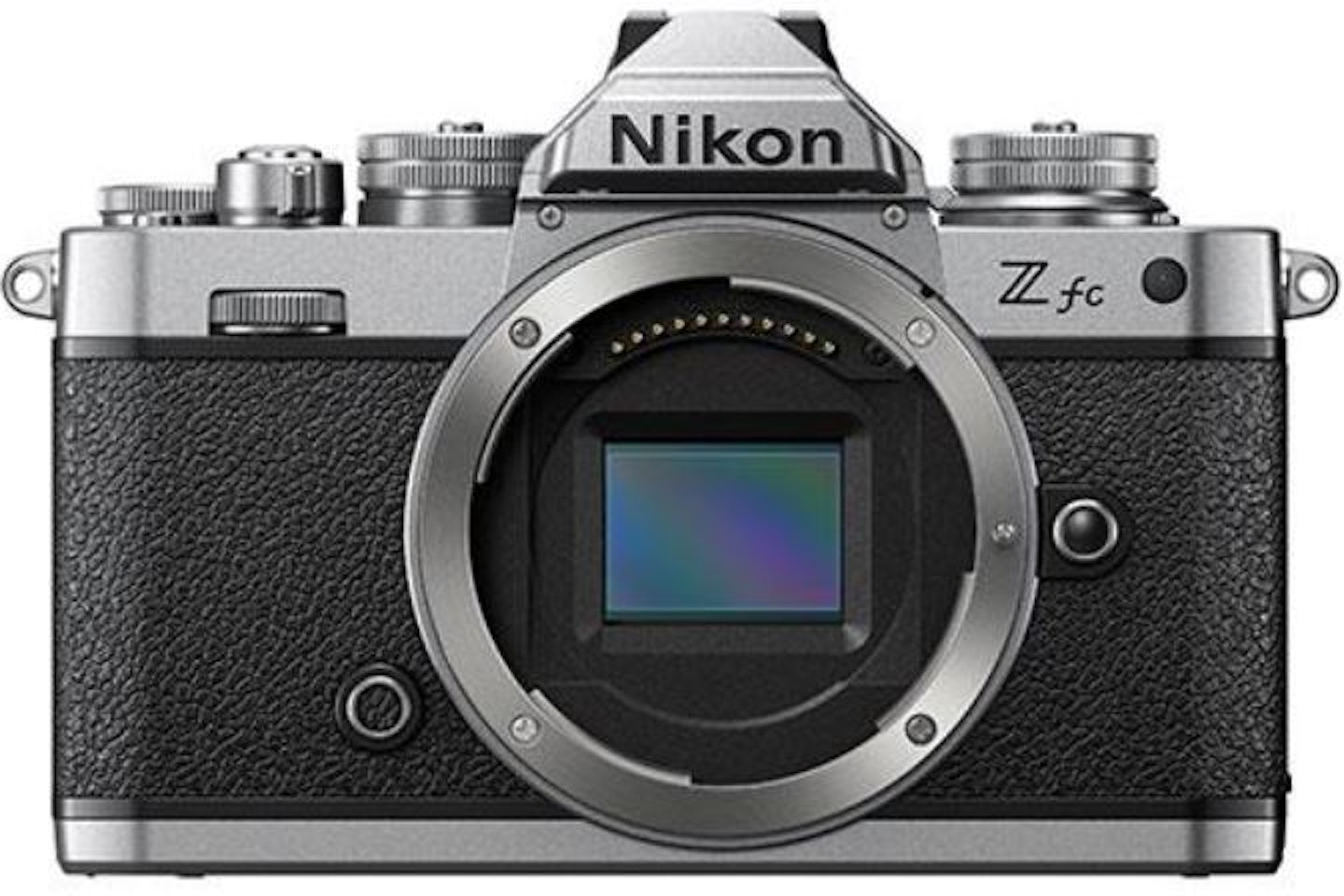
www.johnlewis.com
Type: Mirrorless
Sensor size: APS-C
Style over substance is a tired cliché. It’s often used where it doesn’t belong and implies the two are always mutually exclusive. Two examples proving that assertion dead wrong are the Ford Mustang Mach 1 and Nikon’s Z fc.
The latter’s retro looks come from the company’s FM2 SLR from the 1980s, but it’s a thoroughly modern and talented camera. The Z fc has an APS-C sensor, so the camera itself is quite compact and easy to carry around.
You will be impressed at what this camera can capture and produce. Its image quality is fantastic, and its ability to capture moving objects is pretty good too. Although, there are certainly competitors with classic styles, such as Fujifilm’s X-S10.
| Pros | Cons |
|---|---|
| • Compact | • Serious users should consider the options above |
| • Retains image quality | |
| • Very easy to use |
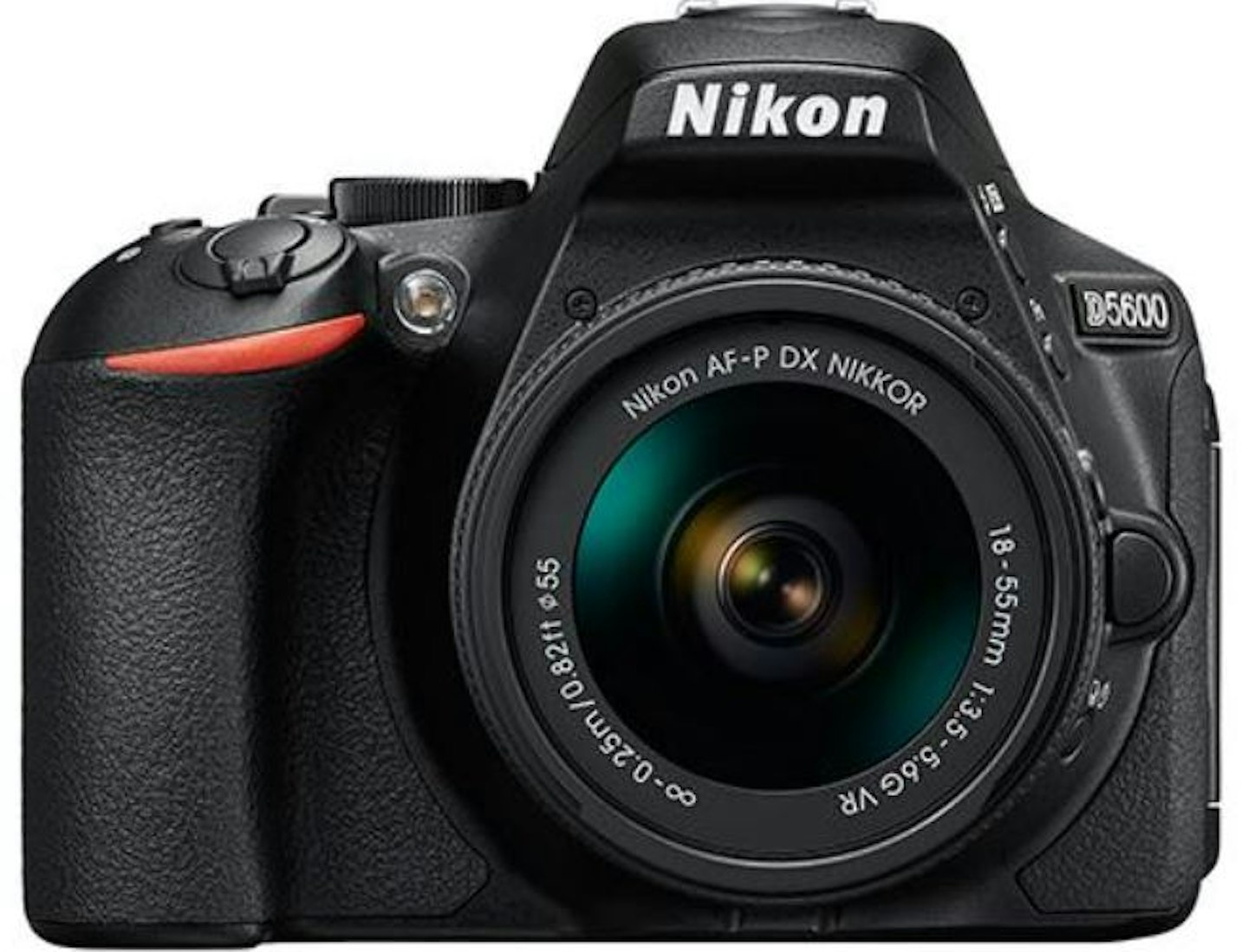
www.johnlewis.com
Type: DSLR
Sensor size: APS-C
Learning how to use a DSLR camera to its full takes time. It demands persistence and experimentation, and the D5600 allows beginners to learn to walk without making a heavy financial investment.
The D5600 is a reasonably basic little camera, but in a good way: the important stuff is there. The 24.2-megapixel sensor captures impressive levels of detail for an entry-level camera and works well in low light too. Its autofocus is pretty good, and the 5fps burst rate allows you to still capture spontaneous moments and subjects in motion.
Having learnt to walk, you can then learn to run with one of Nikon’s enthusiasts or professional cameras.
| Pros | Cons |
|---|---|
| • Great entry-level DSLR | • Users may quickly outgrow it |
| • High image quality | |
| • Includes most important features |
Lenses
Like Canon, Nikon has a large selection of lenses gracing its shelves and is suitable for all types of photography. The availability of such a large range of lenses is one of the major appeals of the brand. Remember a second-hand market is a valuable tool, as are Nikon’s teleconverters, which give you extra reach without buying a telephoto lens.
NIKKOR: The large lens range for Nikon’s DSLR cameras.
NIKKOR Z: A growing lens range for Nikon’s mirrorless Z cameras. However, there is also the Mount Adapter FTZ II that allows Nikon DSLR lenses to be used with Z models.
Conclusion
It’s easy to criticise Nikon for being slow to the mirrorless game, and for perhaps not quite keeping up with Canon’s best DSLR efforts. But this is largely academic. Nikon’s cameras are exquisite pieces of equipment that deliver incredible results and are very user-friendly, particularly the ones reviewed here.
Irrespective of your skill level, you can accomplish a lot with the right Nikon camera. Nikon also uses slightly less complicated terminology, which makes the brand more alluring to beginners.
